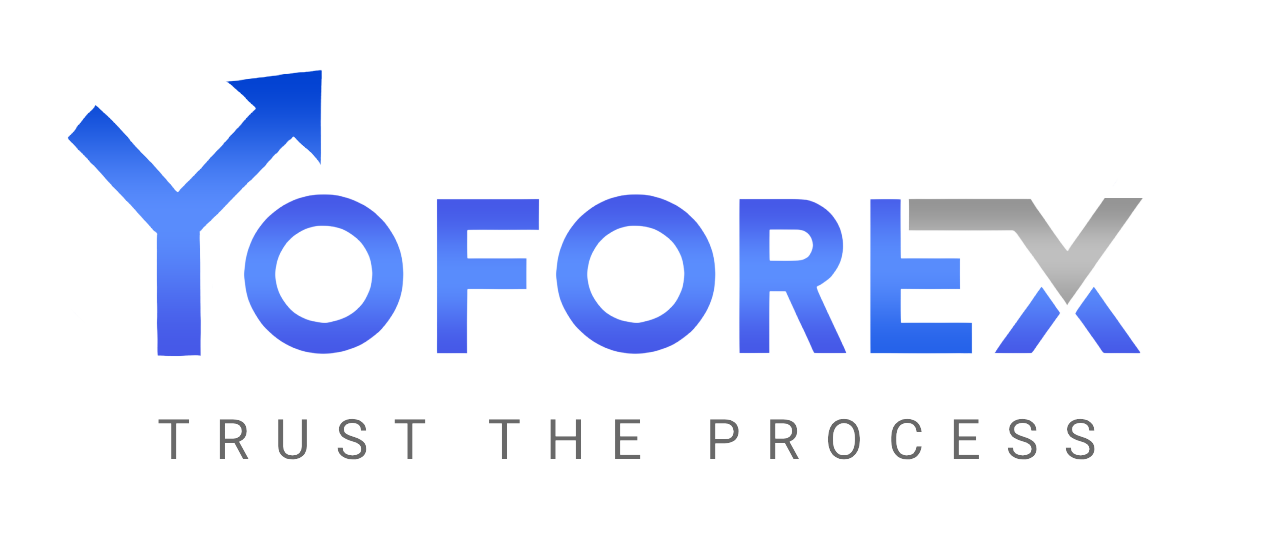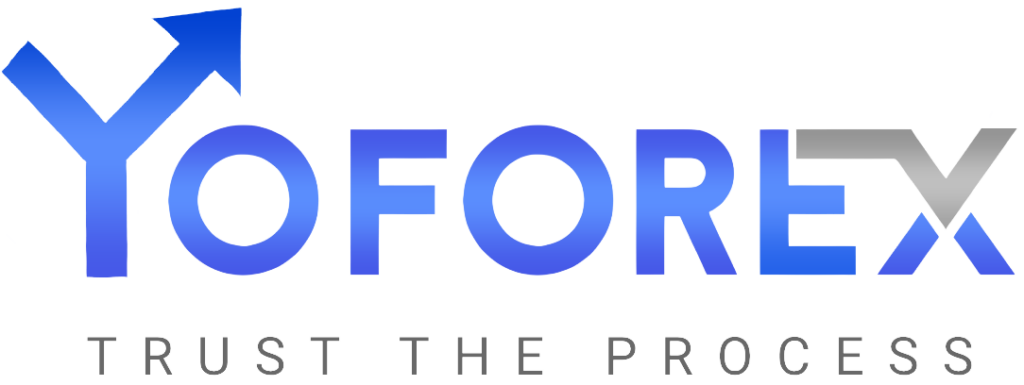Derivatives Trading
Unlock the Power of Derivatives Trading with YoForex on MetaTrader 4 and MetaTrader 5
YoForex brings the world of derivatives trading to your fingertips with seamless integration into MetaTrader 4 (MT4) and MetaTrader 5 (MT5), two of the most popular and powerful trading platforms in the world. Whether you're a seasoned trader or new to the market, trading derivatives on these platforms allows you to leverage advanced tools, real-time data, and a wide range of assets to enhance your trading experience.
Derivatives provide the ability to trade on both upward and downward price movements, making them a valuable tool for hedging. Since their value is tied to an underlying asset, traders and investors can use derivatives to mitigate the risks associated with those assets. Many large corporations employ hedging as a key risk management strategy, helping them to reduce their exposure to potential financial losses and market volatility. This allows companies to protect their financial health and operations from unforeseen market changes.
Speculators aim to profit by predicting future price movements of financial instruments or assets. Through market analysis, they identify potential trading opportunities and apply various strategies in an effort to capitalize on price fluctuations and generate returns. Their focus is on accurately anticipating market trends to maximize profits from short-term price changes.
Arbitrage involves profiting by taking advantage of small price discrepancies for the same asset across different markets. With numerous financial markets in operation, arbitrageurs can capitalize on the varying prices offered by different market participants, allowing them to make risk-free profits by simultaneously buying low in one market and selling high in another.
A key advantage of derivatives trading is that it allows investors to gain larger market exposure than the actual funds in their trading account. With leverage, traders can open positions by only investing the required margin. Like speculators and arbitrageurs, margin traders play an essential role in capital markets by contributing liquidity, which helps maintain the efficiency and fluidity of market operations.
Client Details
Service Provided
Project Timeline
What Are Derivatives? Derivatives are financial contracts whose value is derived from an underlying asset, such as currencies, commodities, indices, or stocks. Popular derivatives include futures, options, and contracts for difference (CFDs). These instruments allow traders to speculate on price movements without owning the actual asset, offering greater flexibility and risk management opportunities.
Different Types of Derivatives
Both traders and investors have access to a wide range of derivatives. Whether traded over-the-counter or on a regulated exchange, the value of these derivative products is directly influenced by the financial performance of their underlying assets. Some of the most commonly traded derivatives contracts include:
Exchange Contracts
Contracts for Difference (CFDs) are agreements between two parties to exchange the difference in the price of an underlying asset. Unlike other derivatives, CFDs have no fixed expiry date, allowing investors to buy (go long) if they anticipate the asset's price will rise, or sell (go short) if they believe the asset will decrease in value. Forex brokers like YoForex offer CFD contracts across a wide range of financial instruments, including Shares, Metals, Commodities, Indices, and Digital Currencies.
Swaps
Swaps are a distinctive type of derivative where two parties exchange cash flows or other financial variables linked to underlying assets. The most common types of swaps are interest rate swaps, currency swaps, and commodity swaps.
Commodity Swaps: These are the most widely used swaps, typically involving large corporations that seek to lock in costs over an extended period. Similarly, producers benefit from securing a predetermined price for their output, allowing them to hedge against potential declines in commodity prices.
Interest Rate Swaps: In this swap, two parties exchange interest rates that differ from their current loan terms and liabilities. For example, a borrower with a fixed-rate loan but a variable interest rate on other debt may enter into an interest rate swap to gain a variable rate. Conversely, if the loan has a variable rate, they may opt for a fixed rate swap to manage their exposure.
Forward and Futures Contracts
Forward contracts and futures, which originated from forward contracts, share many similarities. Both involve an agreement between two parties to trade an asset at a specific future date, with the price of the underlying asset determined at the time of the agreement. The key distinction with futures contracts is that they are standardized and require daily settlement, ensuring that gains and losses are realized on a day-to-day basis.
Options
Provide the purchaser with the right, but not the obligation, to purchase or sell the asset being traded at a predetermined price. The right to sell is a put option while the option to buy an asset is referred to as a call option. Depending on the terms or exchange being traded on, the option may be executed on or before the expiry date.

